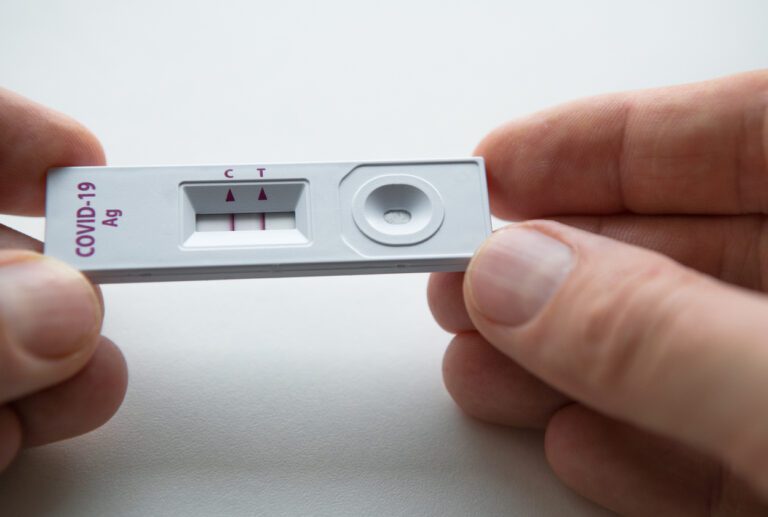Curiosity and experimentation with the human heart have existed for centuries. In fact, the recorded history of heart surgery goes as far back as 400 BC. However, it wasn’t until the 17th century that an English physician could explain the role of blood circulation and the interaction of veins and arteries with the heart. Believe it or not, before then it was generally thought that blood in the body flowed like tides that were controlled by the consumption of food.
The first recorded, successful heart operation on a living human was in 1896, when a Frankfurt physician repaired a wound on a German soldier’s heart. But while advancements in surgical technique continued, keeping patients alive still proved difficult. Operating on a beating heart confounded physicians. During the mid-1950s, scientists observed the way animals slowed their heart down while hibernating during bitterly cold winters. They began tests to use a similar method to stop and start the heart during surgery. But this hypothermic arrest technique gave doctors a very small window in which to operate.
The dream of building a machine that could take over the role of the heart during surgery remained just that until 1953. After 23 years of work, Dr John H. Gibbon performed the first successful open-heart surgery using a heart-lung machine.
May 6 marks 61 years since this significant event, when Gibbon performed a cardiopulmonary bypass on an 18-year-old woman, using the machine to completely support all of her respiratory and circulatory functions for 26 minutes. The medical milestone heralded a new era of life saving, open-heart surgery.
The only question that remained was what to do for patients whose hearts could not be repaired. Heart surgeons believed the answer lay in artificial hearts, but the future would take them down a different path – heart transplants.
While transplants became a reality for victims of heart disease the world over by the 1970s, the breakthrough has not come without a limitation – finding enough hearts to go arou







